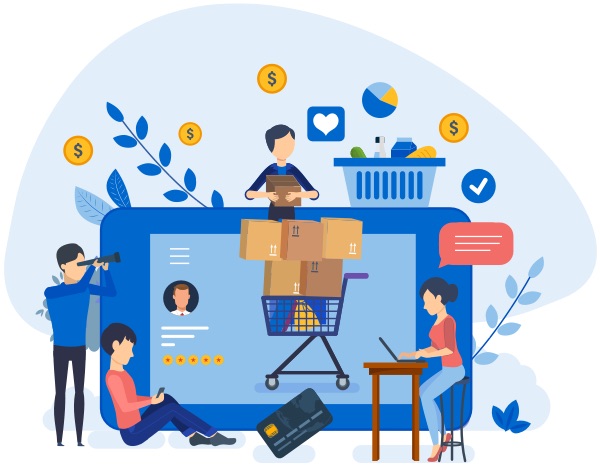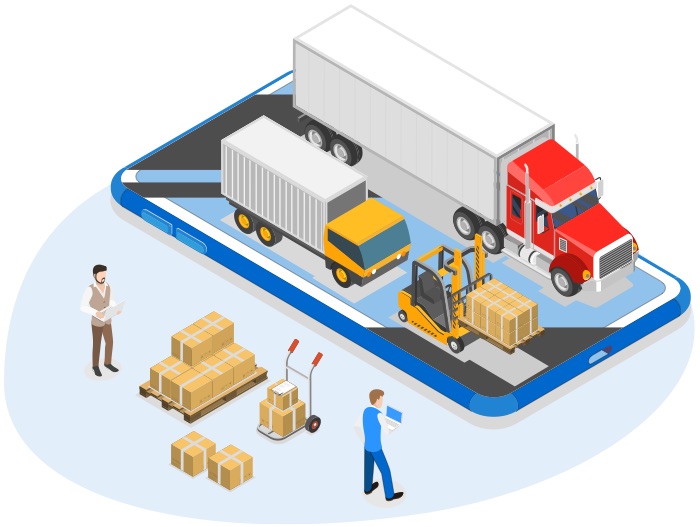Modern technology allows even the smallest e-commerce retailer to reach the entire world. Still, instead of pursuing an entire planet of potential customers, many small to medium sized businesses don’t sell beyond their own borders. Some are deterred by the belief that international sales are too complex, while others feel it’s beyond the capacity of their business.
In truth, the processes and regulations involved in growing your business through international shipping aren’t as complicated as you might think. Here’s a look at some of the high-level issues to consider.
Educate yourself before you expand
Before attempting to target customers in a foreign country, it’s essential to consider any important differences that could impact your plans.
Want to know which markets to start with? Read the first blog in our series.
Know local rules and regulations
First, make sure it’s permitted to export your products to the target market. For instance, horror comic books are banned in the United Kingdom, while Saudi Arabia prohibits stuffed animals and Pokemon toys.
Do your homework! Start by consulting the customs website of each potential target country.
Want more help? Check out Canada Post’s Dangerous Goods and International Destination Listing pages or complete the form at the end of this post to contact our team for more information.
Understand payment preferences

Second, it’s helpful to have some familiarity with your target country’s payment preferences. In North America and many European nations, people are used to paying with credit cards. In China, however, more than half¹ of online purchases are completed on payment platforms such as AliPay or UnionPay. Understanding the preferred payment methods of customers in your target markets will help structure your payment options and avoid shopper disappointment.
Want to know more about selling beyond Canada? Canada Post can help you reach the world.
Contact an expertCommunicate clearly
Communication shouldn’t be a challenge for foreign customers looking to buy from your business. Manage expectations and mitigate confusion by following these four guidelines, and give your customers all the information they need up front on your website.
If you’re expanding to the United States, this helpful video will make sure you excel at communicating with cross-border shoppers.
The customs process
Getting a purchased item into the hands of an international customer means ensuring your outbound package clears customs in its destination country.
Every shipment that crosses an international border is subjected to a regulatory customs process before reaching its destination. Packages routinely go through at least one inspection – the decision to send an item for secondary inspection is made at the discretion of customs inspectors.
Expedite the customs process for your packages by being ready to present the following:
Documentation
Several different customs documents must accompany your international shipment. The required documents vary based on the destination country, the contents (and value) of your shipment, and the type of shipping service delivering the package.
Duties and taxes
Depending on its value, your shipment may be subject to duties, taxes assessed by the destination country, and other additional fees.
Every country has an exemption limit, allowing products below a certain value to enter duty and tax free. In 2020, Canada’s exemption value limit is CAN $20. In the United States it’s a much more generous US $800. Find up-to-date information at your destination country’s postal or customs agency website.
The cross-border final mile matters

The e-commerce experience doesn’t end until your product is delivered to the customer. And a positive receiving experience is a crucial driver of repeat purchases. Your chosen international delivery partner should be able to keep costs low while still meeting customer expectations. Look for the following when making your choice.
Ease of integration
Does your partner offer multiple ways to integrate with your order platform or other suppliers? Do they offer support? Are customs documents included in the label generation process? The ideal partner does all of the above – avoiding delivery headaches for you and, most importantly, your customers.
Visibility
Customers will appreciate being informed about their purchases and are more likely to shop with you when you provide valuable pre-purchase information, such as an estimated delivery date. In fact, 74 per cent of customers are more likely to shop again with retailers that provide estimated delivery dates and times during their pre-purchase experience.1 Your carrier should allow customers to track shipments and provide other pertinent information, particularly when packages are delayed, to keep them up to date on the status of their delivery.
Premium shipping options
Ensure your delivery partner offers a variety of options, including express delivery, signature requirement choices, and coverage against loss should you or the buyer choose it. Make sure to clearly communicate the availability of these premium options.
A vast and reliable network
Global shoppers want the same convenience as domestic shoppers. Three quarters of global shoppers prefer home delivery, while the remainder choose alternate methods, such as post office collection or pick up at a local retail outlet. Make sure your delivery partner has the experience and ability to fulfill the demands of customers in your target country.
Whether you’re selling at home or abroad, providing a positive experience to customers is the key to success. Create a convenient, seamless shopping experience for international clients by ensuring you understand their market, providing all necessary documentation for customs clearance, and choosing a delivery partner who connects with customers via a reliable final mile experience.
Got a question about international shipping? Click here to contact a Canada Post cross-border shipping expert.
Sources:
¹ Narvar Magical Moments 2019 Report; February 1, 2019 through April 30, 2019.
Learn how to sell online beyond Canada
Discover if selling abroad is right for you, plus how to develop a cross-border e-commerce strategy.
Get our guide